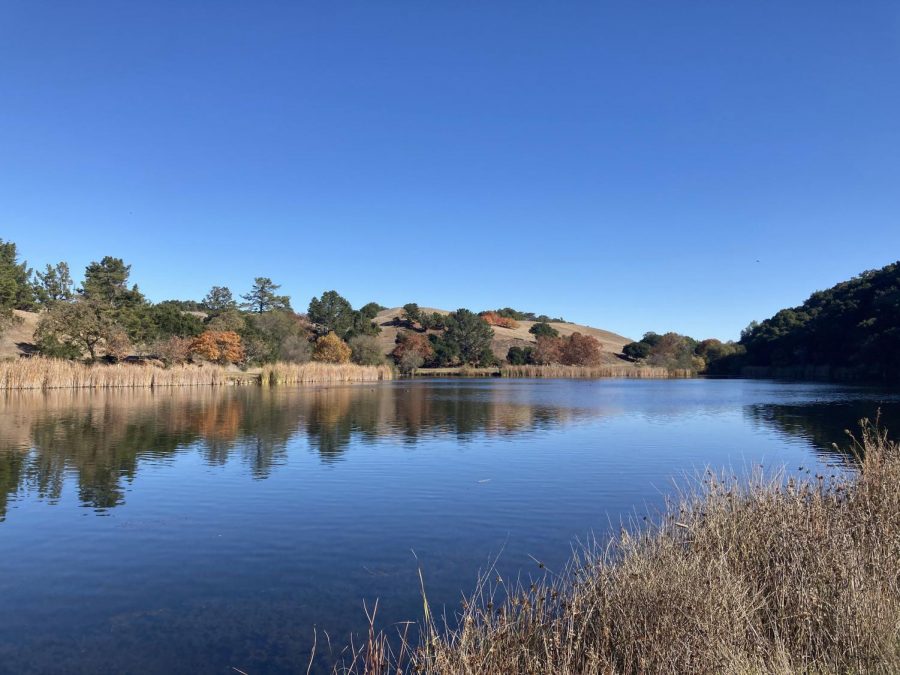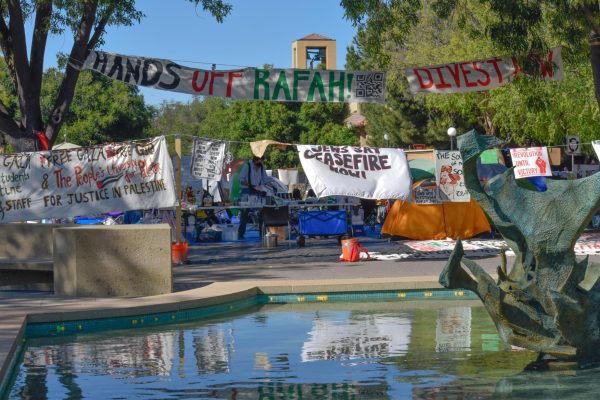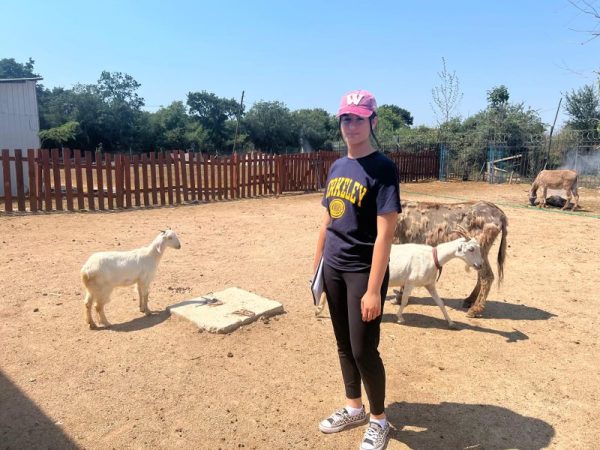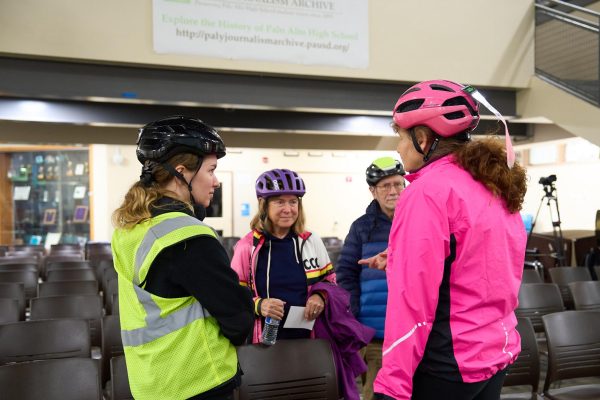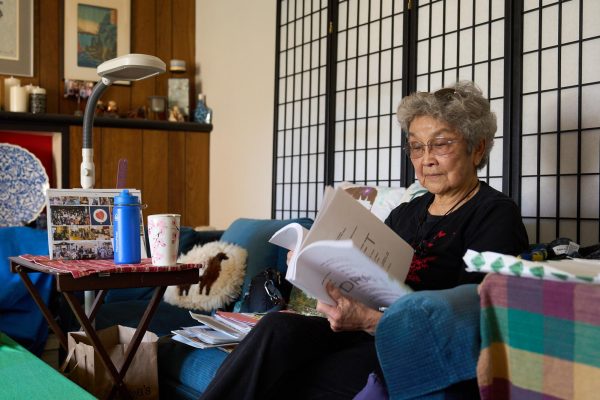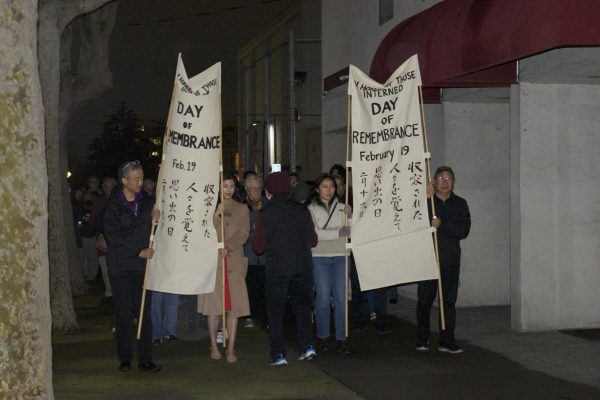Foothills: A case study in equity
Was opening the park the right choice — and what’s next?
November at Foothills
Spot herds of black-tailed deer, flocks of waterfowl and rabbits burrowing through the forest in the miles of trails that stretch around Foothills Park, a nature preserve purchased exclusively by Palo Alto in the 1960s.
This is what the park looked like on Nov. 24. A month later, the animals had seemingly vanished as the park opened to all.
On Sept. 15, 2020, the American Civil Liberties Union filed a lawsuit demanding Palo Alto rescind the residents-only policy of the park. In response, the City Council decided Nov. 2 to accede.
The lawsuit that argued a violation of the First Amendment right to protest (inside the park) and the fundamental right to travel since non-residents cannot pass through, was dropped.
A question of racism?
However, public discussion rather centered around claims that the residents-only rule at Foothills was racist because the park was exclusive in a time when redlining — where certain races were not allowed to live inside Palo Alto — led to a population of only 1.6% Black inside the city, which is still true today.
Still, census data indicates that most neighboring cities also do not have a significant Black population and are wealthy.
And, some are skeptical of these claims of discrimination.
“It had nothing to do with race,” Allan Marson, a longtime Palo Alto resident and lawyer, said. “It’s the zeitgeist, the spirit of the time.”
Equity, but in taxes
Still, some argue public parks in general should be open-access. Foothills was the only one banning non-residents in California.
“When you think of a park, it doesn’t matter what city you live in or what city the park is in, you can go,” said Daniel Nguyen, Palo Alto High School teacher and San Jose resident.
Only Palo Altans pay property taxes that support Foothills Park, some point out. Yet, all parks in the city are maintained with resident taxes and only Foothills is restricted.
“It’s a different situation [than most parks],” Marson countered. “It’s a unique wilderness park near a major metropolitan area with lots of wildlife – deer, turkeys. Those are all gone now. You don’t worry about all the wildlife vanishing out of Rinconada Park.”
Lucy Filppu, Palo Alto resident and Palo Alto High School English teacher, was happy to pay for everyone’s access.
“If it’s coming out of my local taxes, I don’t care,” she said. “I welcome everyone. I’m uncomfortable living in a community that covets resources.”
The case for the environment
Concerns about the fragile Foothills ecosystem have circulated among many.
“It’s a limited resource. If you hike up to the Fragrant Hills in Beijing, there are some beautiful areas — but it’s all beaten down be since there are so many people,” Marson said. “It’s not their fault, but if you turn all those people loose, it’s the reality.”
Marson said he has observed a damaged environment at Foothills recently.
“I saw this guy climbing up the side of the mountain,” Marson said. “It tears up the vegetation, and with the rains causes erosion. It’s a good way to destroy a park.”
Still, according to city data, Foothills has actually been underutilized. For the past 20 years, visitation — prior to the opening — has hovered at about 40% of its peak in the 1970s.
Also, there is the option to use measures less absolute than an outright ban.
The alternative Marson instead supports is fees for non-residents.
“Anyone who wants to pay is going to take care of it and it shows interest beyond hey, let’s just go because it’s free,” he said.
The aftermath
As the park opened, a group of Palo Alto residents began a referendum to overturn the Council’s choice to open the park. Their success would require the Council to either repeal the law or place the issue in the hands of voters. However, it failed to garner enough signatures.
In January, the City Council moved to charge a $6 fee and temporarily reduce the visitation cap from 750 to 400 to curb crowds amid reports of overcrowding, environmental damage, and dangerous traffic conditions.
On Jan. 25, a federal judge placed an injunction on the city, a part of the settlement the city reached with the plaintiffs of the lawsuit. Palo Alto is now prohibited from changing access to Foothills on the basis of residency, permanently. The injunction also requires Palo Alto to terminate its original plan to place park access on the ballot in 2022.
“The injunction doesn’t make sense,” Marson said. “For example, out of state tuition: the in-staters are paying for it in their taxes and it’s only fair that out-of-staters should pay some extra. I think the same principle applies here — I’m paying something, you’re paying something.”
In February, the Parks and Recreation Committee proposed a plan to charge $50 and $65 for residents and non-residents respectively for an annual pass. Discounts of up to 50% would be available to seniors, military, disabled and low-income individuals. It also advised raising the cap on visitors to 650.
The name of the land has changed, too. Call it Foothills Nature Preserve.
